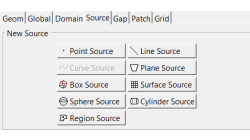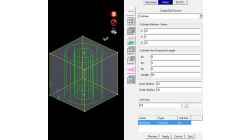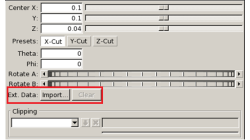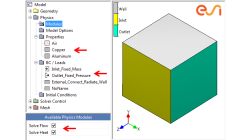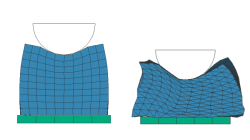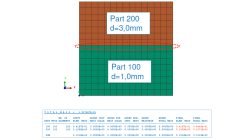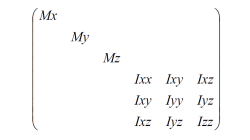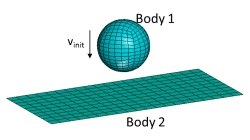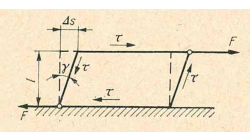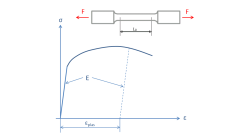- Home
- Resources
- Tips & Tricks
Tips & Tricks
Using Region sources in CFD-VisCART
In order to control grid spacing at user-defined locations, mesh sources are a common tool in CFD-VisCART (Figure 1). Point, Line, Curve, Plane, Box and Surface sources have been available for several years. Cylinder and Sphere sources were introduced a few years back. To extend this tool set further, CFD-VisCART V2013.0 introduced Region sources.
Abraham
Meganathan
CFD
New Mesh Sources in CFD-GEOM for Triangle and Tetrahedral meshing
Corner Point Sources, Surface Interior Sources and Tet Sources have been available in CFD-GEOM for several years, allowing for refinements during certain phases of mesh generation.
Abraham
Meganathan
CFD
Importing an arbitrary STL surface for post-processing in CFD VIEW
When using the Arbitrary-Cut operator, you have the option to directly import an external surface in STL format into the model. This option, which was first made available in V2013.4, underwent significant performance improvements in V2014.0. This option provides the ability to plot data and process information on any arbitrarily shaped surface. The import process involves reading the STL file and computing the intersections between this surface and the model’s volume cells. Results on the imported surface are interpolated from the intersected volume cells and are independent of the surface mesh size of the STL as long as the surface is properly represented.
Abraham
Meganathan
CFD
Using a template CDL file for quick case set up in CFD-CADalyzer
If your simulations with CFD-CADalyzer typically include the same or similar type of physics, materials and boundary conditions then you can make the case setup process very efficient and quick with the use of a template file - a CDL file that includes the typical simulation settings.
Abraham
Meganathan
CFD
Hints on the usage of linear Tetrahedron (TETR4 / ) elements
This tip provides some background information on the question, when, or when not, to use the linear tetrahedron (TETR4 / ) element in Virtual Performance Solution (VPS)
Jürgen
Rueckert
Virtual Performance
Why do total mass, sum of part masses and sum of nodal masses not match ?
This tip discusses the possible discrepancies in informations concerning total mass, part masses, nodal and element masses, given in the Virtual Performance Solution (VPS) output listing.
Jürgen
Rueckert
Virtual Performance
Which moments of inertia to use in added mass (MASS / ) cards ?
This tip discusses the choice of physically meaningful numbers to be used, when moments of inertia need to be specified in an added mass definition.
Jürgen
Rueckert
Virtual Performance
Some possible problems with CNTAC or TIED definitions
This tip discusses some of the reasons that might be responsible for problems with contact or tied definitions in a VPS simulation
Jürgen
Rueckert
Virtual Performance
Relation between Bulk Modulus K, Shear Modulus G, Young's Modulus E and Poisson's ratio ν
This tip explains the relations between the parameters that describe the linear elastic behavior of materials
Jürgen
Rueckert
Virtual Performance
How to convert force-deflection into true stress-strain curves?
This tip helps to convert typical tensile test data into stress-strain curves to be used in many material models of Virtual Performance Solution (VPS)
Jürgen
Rueckert
Virtual Performance
